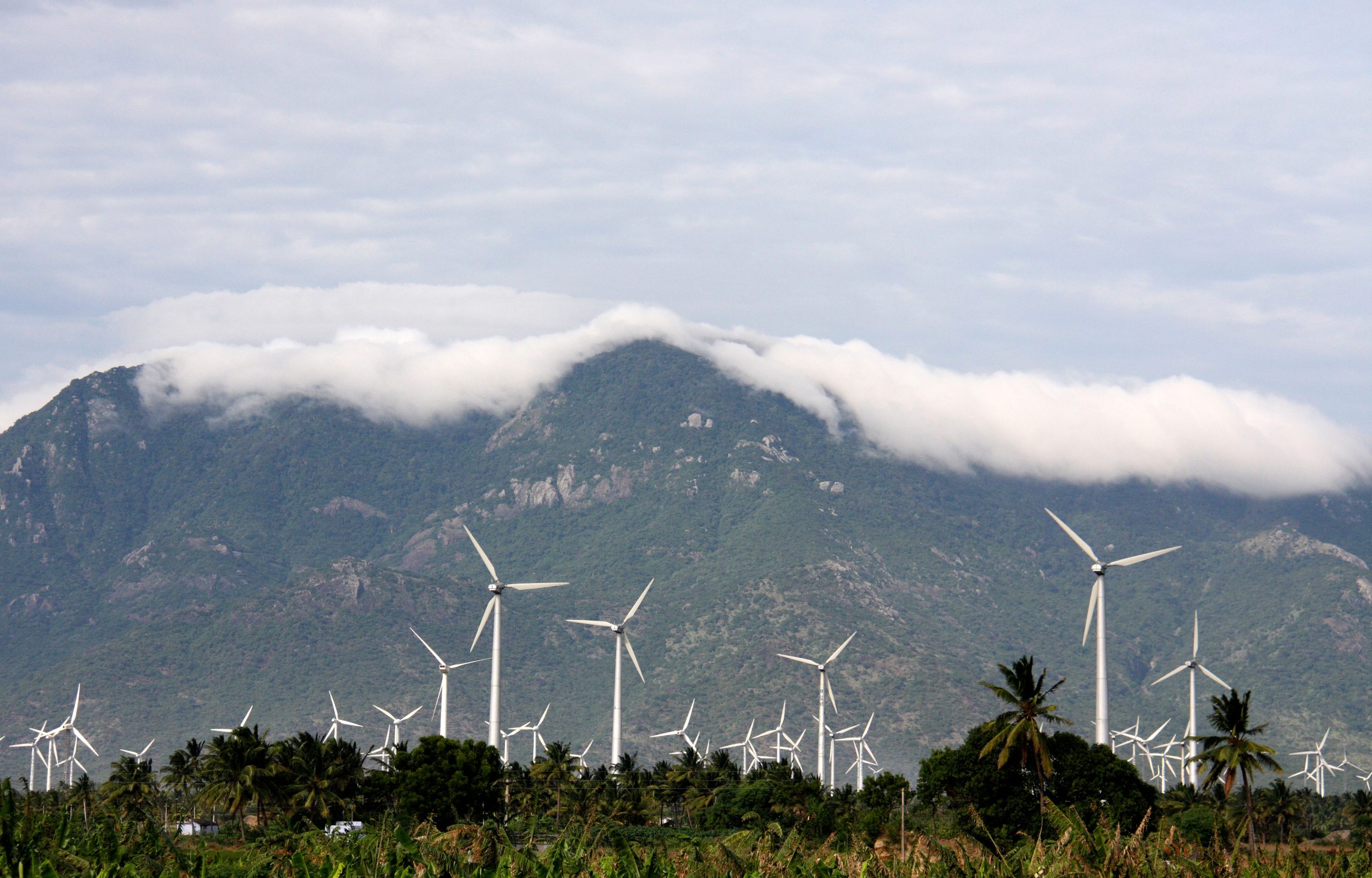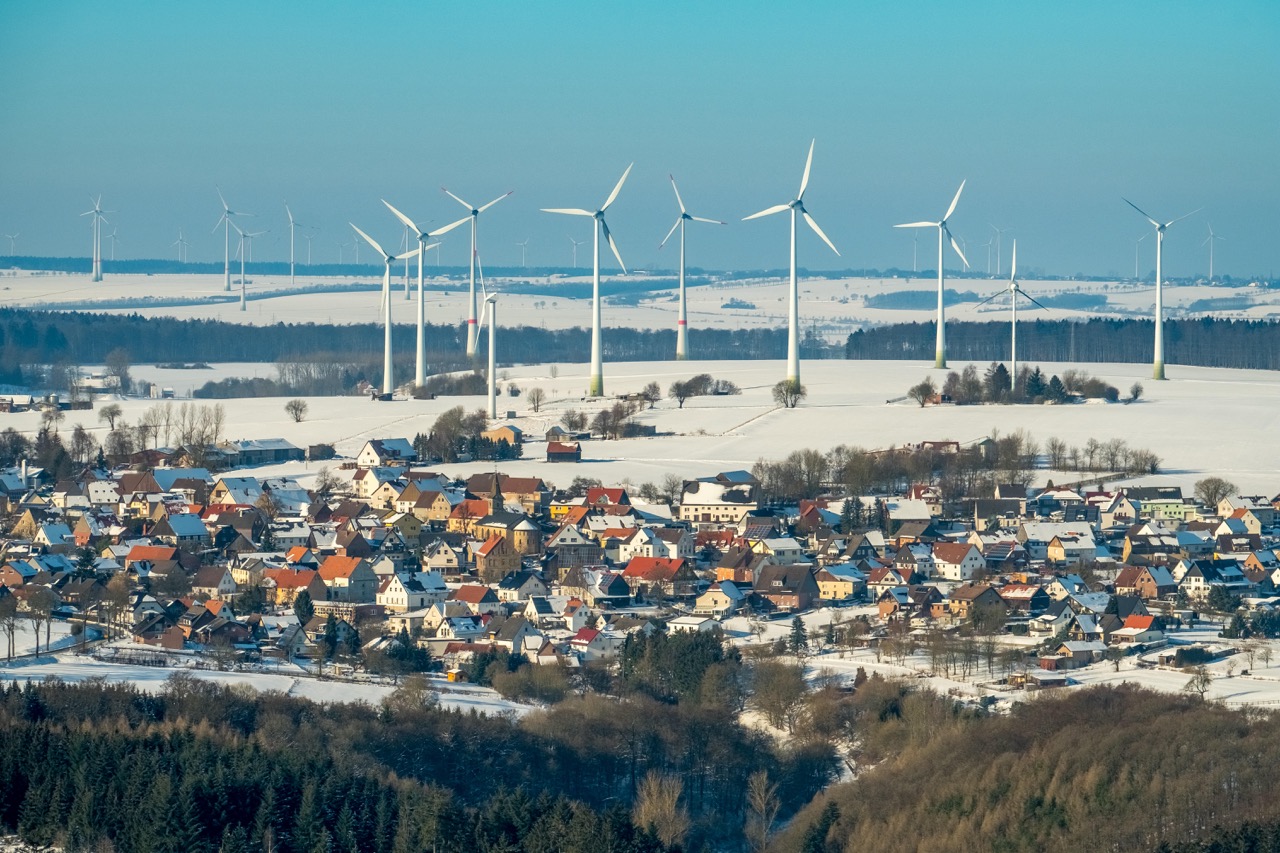Chapter 3:
Supporting materials
In this chapter
Downloads
Methodology
Overview
This report analyses annual power generation and import data for 209 countries from 2000 to 2020, with 2021 data included for 75 countries representing 93% of global power demand. Data is collected from multi-country datasets (EIA, Eurostat, BP, UN) as well as national sources (e.g China data from the National Bureau of Statistics). The latest annual generation data is estimated using monthly generation data. Annual capacity data is collected from GEM, IRENA and WRI, and is included for as many countries as it is available for.
All the data can be viewed and downloaded freely from Ember’s website. A detailed methodology can be accessed here.
Disclaimer
The data used in this report is provided on an ‘as is’ basis. Data is assembled using the best available data at the time of publication. Every effort has been made to ensure accuracy, and where possible we compare multiple sources to confirm their agreement. We take no responsibility for errors.
If you notice an issue or have any suggestions, please do contact us at [email protected].
Fuel Definitions
Fuel data is mapped into nine generation types: Bioenergy, Coal, Gas, Hydro, Nuclear, Other Fossil, Other Renewables, Solar, and Wind. More information on mapping for different sources and countries can be viewed below.
1 Solar includes both solar thermal and solar photovoltaic generation, and where possible distributed solar generation is included.
2 Where possible, hydro generation excludes any contribution from pumped hydro generation.
3 Other renewables generation includes geothermal, tidal and wave generation.
4 Other fossil generation includes generation from oil and petroleum products, as well as manufactured gases and waste.
Caveat on bioenergy
Bioenergy has typically been assumed (by the IPCC, the IEA, and many others) to be a renewable energy source, in that forest and energy crops can be regrown and replenished, unlike fossil fuels. It is included in many governmental climate targets, including EU renewable energy legislation, and so Ember includes it in “renewable” to allow easy comparison with legislated targets.
However, the climate impact of bioenergy is highly dependent on the feedstock, how it was sourced and what would have happened had the feedstock not been burnt for energy. Current bioenergy sustainability criteria, including those of the EU, generally do not sufficiently regulate out high-risk feedstocks and therefore electricity generation from bioenergy cannot be automatically assumed to deliver similar climate benefits to other renewables sources. Given the availability of risk-free alternatives to generating electricity such as wind and solar, Ember advocates for countries to minimise or eliminate the inclusion of large-scale bioenergy in the power sector. For more information please see our reports: Understanding the Cost of the Drax BECCS Plant to UK Consumers (May 2021), The Burning Question (June 2020), and Playing with Fire (December 2019).
Methods
Compiling a full dataset from 2000 to 2021 requires using data at multiple timescales. Annual generation data is collected from both national and multi-country sources. For the most recent years, data is often not available. In these cases we use monthly data, which is reported on a shorter lag, to estimate the latest annual generation.
Power data is gathered in a wide variety of formats from multiple sources. In addition to this reconciliation, our data requires considerable cleaning and adjustment of the raw data reported. An overview of our methods is below.
Annual data
Annual data is published with a significant lag, and is generally only available until 2019 or 2020. A number of countries report generation data in 2020 for most but not all fuels. Where this occurs, missing fuels are simply carried forward from the previous year. For net imports, data for missing years is carried forward.
Monthly data
In several cases monthly data is reported on a lagged basis, or data may not be available. In these cases, incomplete months are projected based on both seasonal and interannual trends. Given the unusual nature of power generation during the COVID-19 pandemic, we use 2019 rather than 2020 as a point of reference.
Estimating latest yearly data
Monthly data does not always align with annual data: different types of generation may be included at different scales, or coverage may differ. Where conflicts occur, annual data is generally more accurate. As such, we project latest generation data by applying absolute changes by fuel from available annualised monthly data to historical annual values. In the few cases where a specific fuel is not available in monthly data, it is treated as having shown no change in the annualised projection. As such, note that simply summing up monthly values will not produce the same results as our annual values for any given year.
Thermal disaggregation
Some countries do not report disaggregated generation from fossil fuels. This was performed by Ember using two methods. If possible, the split between fossil fuels was estimated using the ratios of fossil generation in annual data, capacity data or monthly data that provides a split between fuels.
Regional and world estimates
Although our data covers the vast majority of the world’s electricity generation for 2021, data is not available for all countries. As such, regional and world figures for this year are estimated. The relative changes in included countries are applied to the latest complete datapoint for a given region and the world to arrive at the estimated value. Electricity imports and exports are not included in estimates for regional or world values.
Emissions data
We report emissions values by fuel type, and emissions intensity by country. These values are calculated by multiplying our generation numbers by emissions factors taken from the IPCC 5th Assessment Report Annex 3 (2014). These figures aim to include full lifecycle emissions including upstream methane, supply-chain and manufacturing emissions, and include all gases, converted into CO2 equivalent over a 100 year timescale.
The emissions intensities we use are below, in carbon dioxide equivalent emitted per kilowatt hour of electricity (gCO2eqkWh-1):
- Coal: 820
- Gas: 490
- Other Fossil: 700
- Wind: 11
- Solar: 48
- Bioenergy: 230
- Hydro: 24
- Other Renewables: 38 (in line with the IPCC’s “geothermal”)
- Nuclear: 12
IPCC figures still represent the most comprehensive attempt to estimate global fuel emissions intensities. Nonetheless, these emissions factors may differ from reality for a variety of reasons. Please see our complete methodology for more details.
Acknowledgements
Contributors
Data: Maciej Zieliński; Jeremy Fletcher; Matt Ewen; Nicolas Fulghum; Pete Tunbridge
Analysis: Dave Jones; Aditya Lolla; Alison Candlin; Bryony Worthington; Charles Moore; Hannah Broadbent; Harry Benham; Muyi Yang; Phil MacDonald
Related Content




